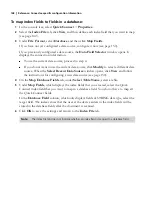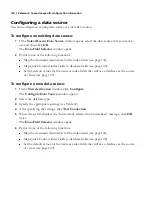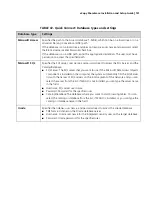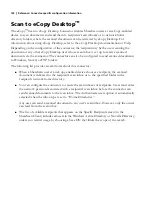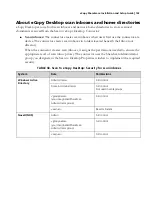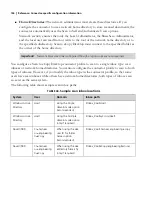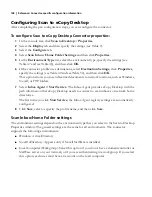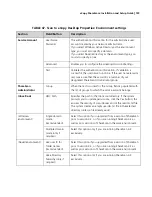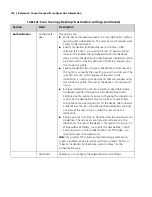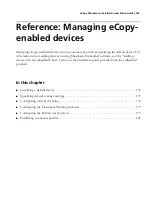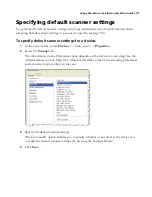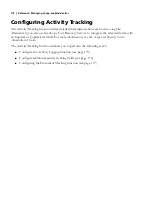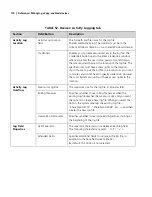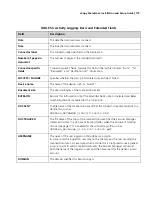
162
|
Reference: Connector-specific configuration information
Authentication
Authenticate
User
The options are:
■
None: Sends scanned documents to a local destination without
requiring user authentication. The service account requires write
access to the destination.
■
Specify Credentials (Authenticate user at runtime): After
selecting this option, you specify the user ID, password, and
domain. This enables the type-ahead function at the device.
Users log on at the device using their network credentials, which
are then used to store any documents that are scanned using
this connector profile.
■
Specify Credentials (No runtime authentication): Afer selecting
this option, you specify the user ID, password, and domain. The
specified account, which requires write access to the
destination, is used to store documents that are scanned using
this connector profile. The user at the device is not required to
log on.
■
Runtime credentials from Scan to Desktop: Uses the Runtime
credentials specified through the Scan Inbox/Home Folder
Settings. Use this option if you are configuring the connector to
scan to both a destination and a scan inbox or home folder
during the same scanning session. At the device, the connector
authenticates the user using the specified credentials and does
not prompt the user to log on when the user sends to a
destination.
■
Service account from Scan to Desktop: Uses the service account
credentials. The service account requires write acess to the
destination. The user at the device is not required to log on. For
Windows/Novell folders, you specify the domain/tree, user ID,
and password to use for authentication. For FTP folders, you
specify the user ID and password.
Note:
If you select FTP Folder as a destination type and Session
Logon is enabled, eCopy recommends that you select "None" or
"Specify Credentials (Authenticate user at runtime" as the
authentication type.
Advanced
Enables you to configure the Advanced Account Settings.
TABLE
49
.
Scan to eCopy Desktop: Destination settings (continued)
Section
Field
Description

